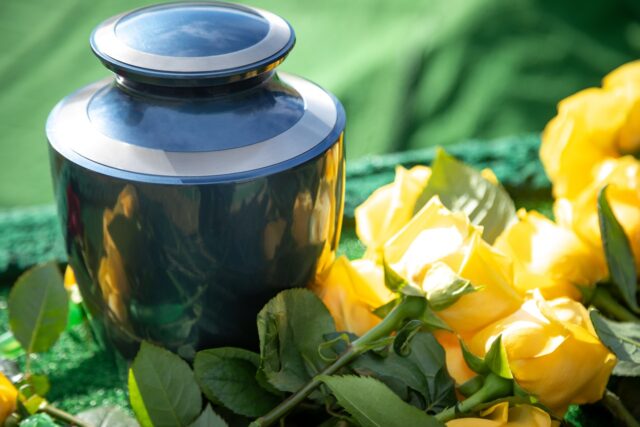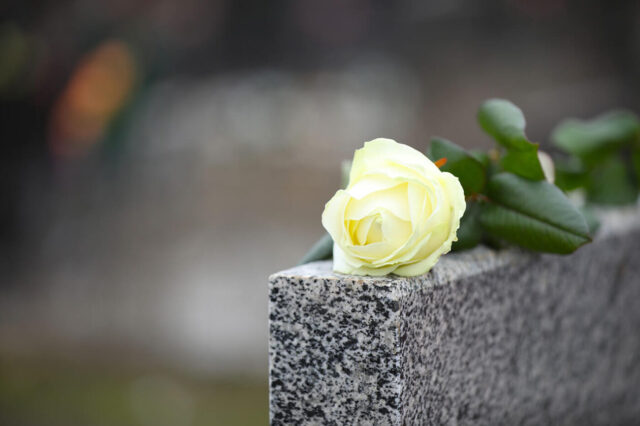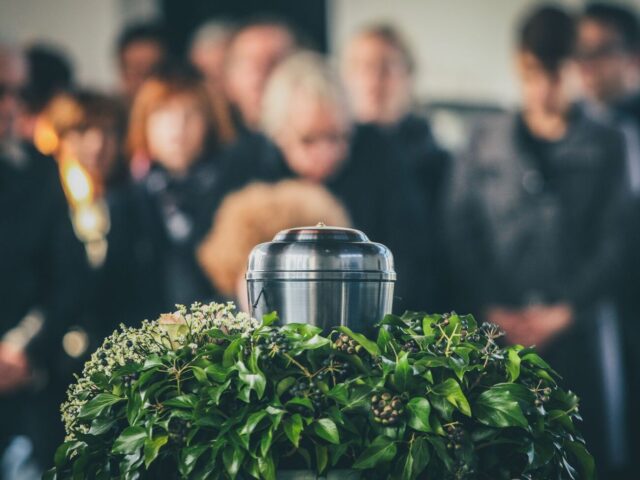
Throughout history, diverse civilizations have turned to cremation as a means of honoring the deceased. As we probe into the nuances of this practice, it becomes evident that the ashes generated from cremation aren’t merely remnants, but potent symbols that carry deep cultural, spiritual, and emotional significance.
This article delves into the rich tapestry of cremation and the importance of ashes across various traditions and contemporary contexts.
Historical Overview of Cremation
Cremation services have ancient origins, with evidence of this practice dating back to the Stone Age, around 3000 B.C. Over time, the reasons for cremation have evolved, as have the methods employed. Initially, it was perhaps a practical solution to manage the deceased in areas where burial spaces were scarce. However, it gradually took on more profound religious and spiritual dimensions in various cultures.
Religious and Spiritual Contexts

Hinduism
In the Hindu tradition, cremation is not only a method of disposal but a crucial rite of passage. The Bhagavad Gita, an ancient Indian scripture, posits that the soul is eternal and transcends physical death. Cremation symbolizes the release of the atman (soul) from the physical body, facilitating its journey towards moksha (liberation). The ashes, in this context, are a poignant reminder of the impermanence of the physical world.
Buddhism
Similarly, in Buddhist traditions, cremation underscores the belief in rebirth and the cyclical nature of existence. The ashes remind followers of the transient nature of life and the importance of the Eightfold Path in breaking the cycle of rebirth.
Christianity
Historically, Christianity predominantly favored burial, with cremation often associated with pagan practices. However, by the 20th century, many Christian denominations accepted cremation, seeing the method as inconsequential to the resurrection of the soul. Today, ashes in the Christian context often symbolize the biblical teaching “from dust you came and to dust you shall return.”
Ashes as Symbols of Remembrance and Continuity
Beyond religious contexts, ashes often serve as a tangible connection to the deceased. They can be kept in urns, incorporated into jewelry, or even tattooed into the skin using special inks.
Urn Artistry
The urn, traditionally used to store ashes, is no mere container. From simple earthen pots to elaborate marble and metal creations, urns have evolved into artifacts of beauty and sentiment. The design, material, and engraving on the urn can encapsulate the essence of the departed, making them significant keepsakes for families.
Ashes in Jewelry
Contemporary practices have introduced the concept of infusing ashes into jewelry, allowing loved ones to carry a part of the deceased with them. This amalgamation of ashes into pendants, rings, and other jewelry items is symbolic of the everlasting bond between the departed and the living.
Tattoos and Ashes
A newer trend sees individuals incorporating ashes into tattoo ink. This ensures that the memory of the deceased is literally etched onto the person, symbolizing an enduring connection and tribute.
Ash Scattering ─ Merging with Nature

For many, the act of scattering ashes represents the cycle of life, with the deceased returning to nature. Popular locations include seas, forests, and mountains. Some even choose specific places that had sentimental value to the departed.
Symbolism in Nature
Water, often seen as a purifying element, makes scattering ashes in seas and rivers a symbolic act of cleansing and liberation. Forests, on the other hand, represent life, growth, and renewal, aligning with the concept of life continuing in different forms.
Legal and Ethical Considerations
However, it’s vital to understand local regulations. Not every place permits ash scattering, given potential ecological concerns. It’s recommended to research and possibly obtain permits to ensure this act of commemoration is done respectfully and legally.
Modern Variations ─ From Vinyl to Reefs
In an era of personalization, the handling of ashes post-cremation has seen inventive and eco-friendly variations:
Vinyl Records
For music lovers, companies now offer the service of pressing ashes into vinyl records. The record can play a favorite song of the deceased, immortalizing their memory in a melody.
Coral Reefs
Ecological concerns have birthed options like turning ashes into artificial coral reefs. This not only commemorates the deceased but also aids in marine conservation.
Biotree Urns
For those seeking an eco-friendly option, biotree urns contain seeds, which, when planted with ashes, grow into trees, symbolizing life’s continuity.
Ashes in Modern Art and Media
Over time, cremation and ashes have found their way into contemporary art and media, reflecting society’s evolving perceptions and emotions surrounding death and remembrance.
Art Installations
Artists have been known to use ashes as a medium or theme in their work, not just as a statement on mortality but also as an exploration of identity, memory, and the human experience. These installations challenge viewers to confront their own perceptions of death and the afterlife.
Literature and Film
Literary works and films often depict the act of scattering ashes as a deeply cathartic moment. It represents not just an act of saying goodbye but also one of acceptance, reflection, and sometimes, even redemption. Such depictions underscore the emotional weight and symbolism ashes carry in the collective consciousness.
Innovative Entrepreneurial Ventures

With the increasing demand for personalized memorials, a host of entrepreneurial ventures have emerged, catering to varied preferences:
Space Send-offs
Companies now offer services to send ashes into space. This celestial memorial is for those who dreamt of the stars, offering a poetic gesture that their loved ones now reside among the cosmos.
Glass Sculptures
Skilled artisans have developed techniques to incorporate ashes into breathtaking glass sculptures. These luminous creations serve as an eternal flame, a beacon of memory shining through the sands of time.
Ashes in Rituals and Gatherings
Rituals play a pivotal role in helping individuals navigate grief. Many cultures have ceremonies centered around ashes, aiding in the healing process.
Memorial Services
Modern memorial services sometimes center around the urn or the act of scattering ashes. These gatherings offer a communal space for mourners to share stories, reflect, and find solace in collective remembrance.
Annual Remembrances
Families and communities often come together annually at the place where ashes were scattered. These gatherings serve as a touchstone, ensuring that while life moves forward, the memories remain vibrant and cherished.
Reflections on Environmental Impact

Given the global push towards sustainability, it’s worth noting the environmental implications of cremation. While turning ashes into trees or reefs is eco-friendly, the cremation process does have a carbon footprint. Solutions like alkaline hydrolysis, also known as “water cremation,” are emerging as green alternatives to traditional methods.
Embracing Diversity in Commemoration
It’s essential to recognize and respect the myriad ways people choose to commemorate their loved ones through ashes. In a world replete with diverse cultures and beliefs, the act of remembrance — be it through traditional rituals or modern innovations — is a testament to the universal human experience of love, loss, and the deep-seated need to remember and be remembered.
Final Words
Cremation and the subsequent handling of ashes are deeply personal choices influenced by cultural, spiritual, and individual preferences. Whether viewed through religious lenses, as symbolic keepsakes or as innovative ecological solutions, ashes undeniably hold profound significance.







